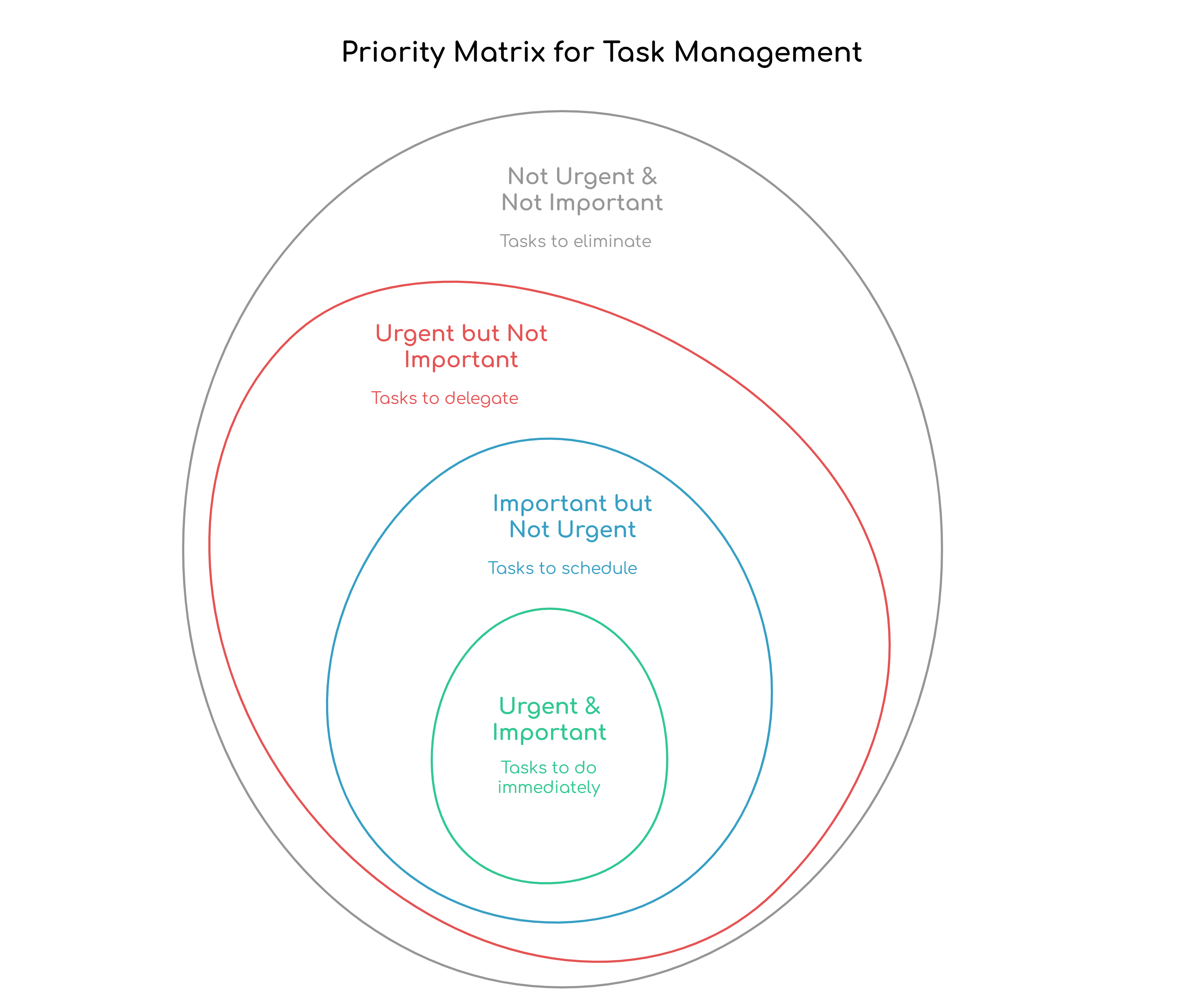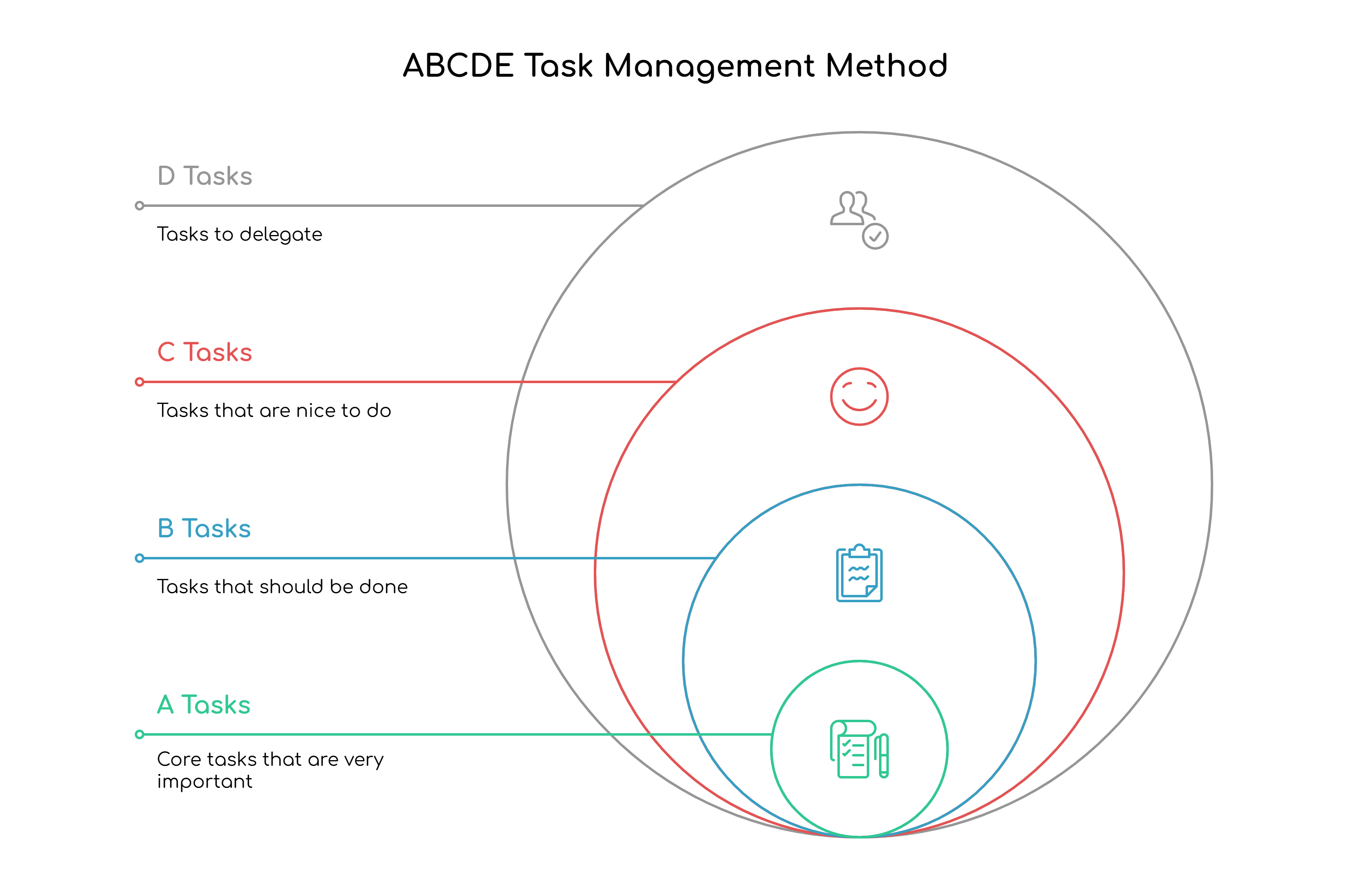Let’s be honest—student life isn’t exactly a walk in the park. Between juggling assignments, exams, part-time jobs, social obligations, and maybe even a Netflix binge here and there, it’s easy to feel like everything is urgent. Sound familiar?
That’s where prioritization swoops in like a productivity superhero.
In this post, we’re diving into the nitty-gritty of prioritization, what it really means, how to build the skills, techniques to master it, and how to put it all into real practice. By the end, you’ll be making to-do lists that actually get done—without burning out.
What Is Prioritization—and Why Does It Matter?
Before we get tactical, let’s talk about the big picture. Prioritization means deciding what tasks should come first based on their importance and urgency. It’s really that simple... and that complicated.
In the world of education, prioritization is the difference between:
Cramming the night before an exam vs. spaced-out review sessions.
Finishing assignments ahead of time vs. emailing your professor at 11:59 p.m.
Feeling focused and balanced vs. overwhelmed and stuck.
It’s all about working smarter, not harder—a philosophy I wish I’d embraced way earlier in my student journey.
What Are Prioritization Skills?
So, let’s break it down. Prioritization skills are your ability to:
Analyze tasks and identify what truly matters.
Rank them based on urgency, deadlines, or impact.
Take action without getting frozen in decision-making mode.
Think of it like mental juggling—with strategy.
Great prioritization skills don’t just help with schoolwork. They boost time management, reduce stress, and sharpen your critical thinking for life beyond the classroom.
Plus, employers love people who know how to prioritize (just saying).
How to Prioritize Tasks Effectively
Okay, so how do you actually do it?
Here’s a simple framework I use whenever I’m feeling overwhelmed and don’t know where to start:
List Out Everything — Brain dump your tasks. Big, small, academic, personal—get it all on paper or a digital note.
Identify Deadlines & Importance — What’s due soon? What carries the most weight on your grade or personal goals?
Group by Urgency and Value — Some tasks are urgent but low-impact, while others are game changers if you tackle them early.
Choose a Prioritization Method — (We’ll dive into 10 options in a second.)
Execute, Reflect, Adjust — Start working through your list, then review what’s working and tweak as needed.
Prioritizing is a process, not a one-time decision.
How Do Students Develop Prioritization Skills?
You might be thinking, “But I’ve never been good at this.” That’s okay—prioritization is a skill, and like any skill, it can be learned.
Here’s how I see students (including myself years ago) get better at it:
Trial and error: You quickly learn what doesn’t work—like waiting until 10 p.m. to start a 12-page essay.
Using visual tools: Planners, calendars, kanban boards, or apps like Trello make it easier to make choices visually.
Learning time estimation: Accurately guessing how long tasks take is half the battle. (Spoiler: everything takes longer than you think at first.)
Reflecting weekly: Sit down every Sunday or Friday and ask: What worked this week? What didn’t?
Over time, these small habits turn into a powerful sense of control over your schedule—and your life.
10 Powerful Task Prioritization Techniques for Students
Let’s talk tools. These are tried-and-true prioritization techniques that can change the game for how you manage your time and energy.
1. Priority Matrix (a.k.a. Eisenhower Matrix)
Divide tasks into four categories:

Urgent & Important: Do it now.
Important but Not Urgent: Schedule it.
Urgent but Not Important: Delegate or minimize.
Not Urgent & Not Important: Eliminate or postpone.
Why it works: Makes it crystal clear where to focus first.
2. MoSCoW Method

Break tasks into:
Must have
Should have
Could have
Won’t have (for now)
Why it works: Super helpful for project planning or big study sessions when you need clarity about what’s essential.
3. ABCDE Method

Created by Brian Tracy, this method assigns letters to tasks:
A = Very important
B = Should do
C = Nice to do
D = Delegate
E = Eliminate
Why it works: Adds structure so you don’t get sidetracked by “busy work.”
4. Scrum Prioritization
Originally from software development, this method uses a “backlog” of tasks students chip away at in short bursts—or “sprints.”
Why it works: It’s perfect for group projects or weekly study plans.
5. Bubble Sort Method
Yep, like the computer science sorting algorithm.
You compare tasks two at a time to decide which one’s more important, and gradually “sort” your list.
Why it works: Great for indecisive minds—it forces comparisons to bring clarity.
6. MIT Method (Most Important Task)
Each day, pick your one non-negotiable task and focus on that above all else.
Why it works: Gives laser-sharp focus, even on chaotic days.
7. The Ivy Lee Method
At the end of your day, write down the six most important tasks for tomorrow—then tackle them one by one, in order.
Why it works: Reduces decision fatigue and keeps your next day stress-free.
8. 1-3-9 Prioritization Technique
Pick 1 major task, 3 medium tasks, and 9 small tasks per day.
Why it works: Balances ambition with realism (and gives you flexibility).
9. Two Lists Technique (by Warren Buffett)
List your top 25 goals. Circle the top 5. The rest? Avoid and park them elsewhere.
Why it works: Ruthlessly prioritizes what truly matters over busy distractions.
10. Pareto Principle (80/20 Rule)
Focus on the 20% of tasks that achieve 80% of your results.
Why it works: Helps banish perfectionism and highlight where to apply maximum effort.
Choosing the Right Prioritization Technique
“But which one should I use?”
Honestly, that depends on how you work best. Start by asking yourself:
Do I need structure or flexibility?
Am I overwhelmed with too many tasks?
Do I work better with visual tools?
Am I a procrastinator who needs deadlines?
Try out a few methods. Mix and match. Eventually, you’ll build your own workflow that feels natural and productive.
Tools and Resources to Improve Prioritization
If you're like me, apps and tools make a world of difference. Here are some I swear by:
Notion – All-in-one workspace with templates for task tracking.
Todoist – Simple, clean interface with prioritization tags.
Trello – Drag-and-drop boards perfect for visual learners.
Google Calendar/Tasks – For schedule-focused people.
Forest App – Beat procrastination using gamification (grow a tree as you focus!).
Combine tools with techniques, and you’ll level up even faster.
Real-Life Examples of Effective Prioritization
Let me give you two quick stories.
Emma, a nursing major, used to feel constantly frazzled. Then she started using the ABCDE method to organize her weekly tasks. She realized her A-level items weren’t getting done because she was drowning in “C”s—quick emails, social events, etc. Now? She aces her tests and still has time for self-care.
Jake, a part-time student-athlete, swears by the MIT method. He chooses one task to dominate each day—whether it’s finishing a paper or attending a leadership meeting—so even when practice runs long, he stays on track.
You don’t need to be a productivity expert to succeed. Just someone who’s willing to take action.
Final Thoughts: Prioritization = Freedom
Here’s the truth: mastering prioritization doesn’t box you in—it sets you free.
You get clarity. You get time back. You even get to relax without guilt (yep, that’s possible).
So the next time your to-do list looks like a tornado hit it, pause. Breathe. And remember—you’ve got tools, techniques, and now the skills to turn chaos into calm.
Start with just one method today and build from there. Your future self will thank you—I promise.
Want more tips? Don’t forget to bookmark this post (and maybe share it with a friend who needs it). 😊